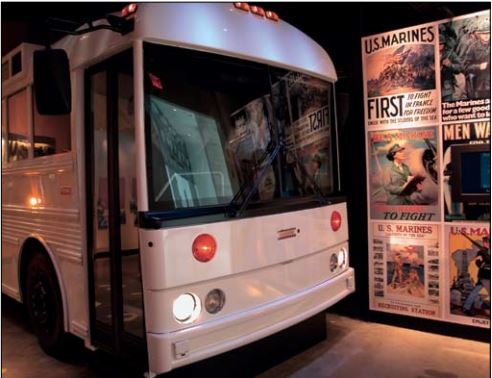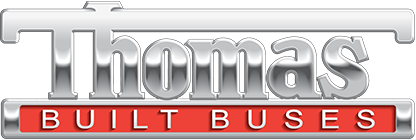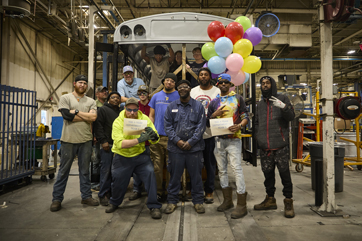
A behind-the-scenes look at our historic celebration and transition of the Type D legacy
It isn’t every day you get to celebrate a major milestone, so we’ve captured the iconic plant transition of our Type D production and commemorated the milestone in a video celebration. Chronicling the final steps of the last Type D bus to roll off the historic assembly line, the video features…
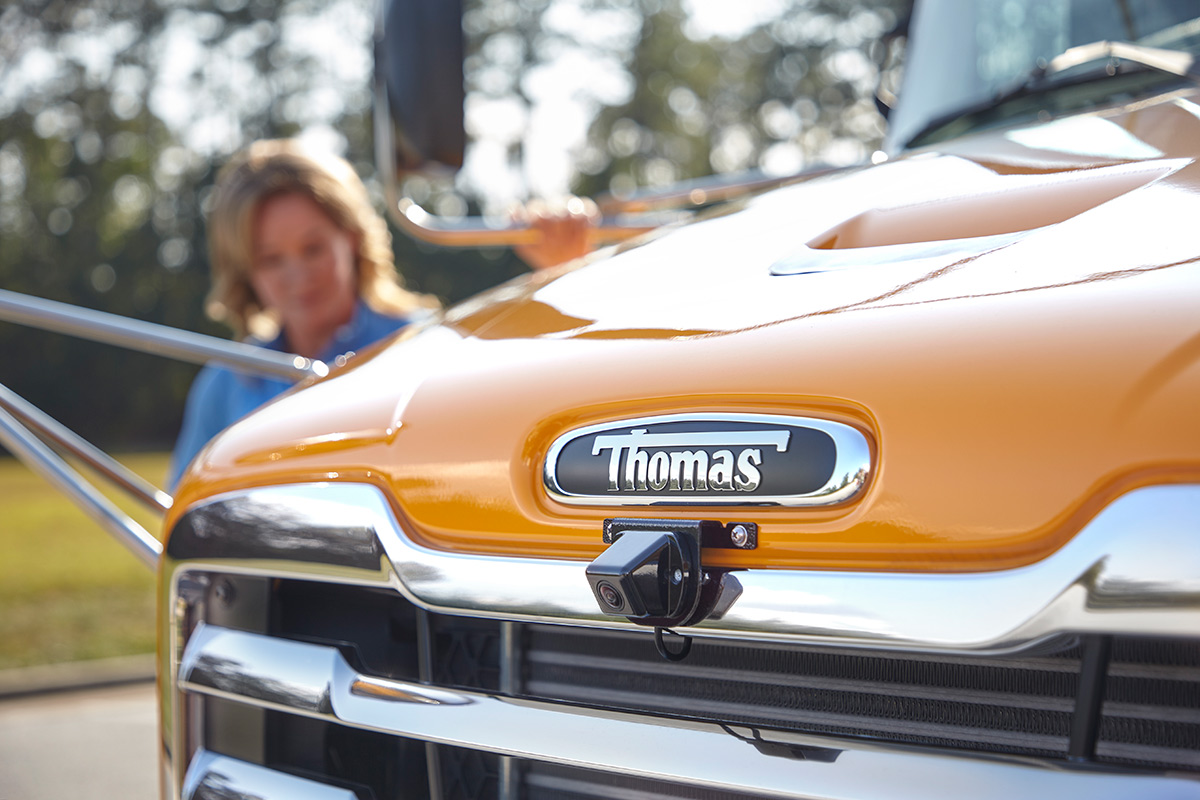
At Thomas Built Buses, we view safety as a journey, not a destination. Safety is at the core of everything we do—from our manufacturing processes to our testing protocols and focus on continuous innovation. It is more than just a feature; it’s an interconnected facet of all our operations.
Let’s look at how this commitment to safety is woven into every phase of our process, from…

What makes the electric Saf-T-Liner C2 Jouley school bus an excellent vehicle for today and the future? Our free Electric School Bus Curriculum answers this and more.
Today’s students are increasingly interested in electric vehicles and environmentally smart transportation options. This dynamic, professionally designed curriculum provides teachers with tools and lessons to increase…

In today’s rapidly evolving industrial landscape, sustainability has become a global focus. But what does that even mean? For Thomas Built Buses, it’s about defining our commitment to our organization, our industry and the communities we serve. While our electric school bus, the Saf-T-Liner® C2 Jouley®, and its many milestones (including the recent delivery of our 1,000th) often come to…
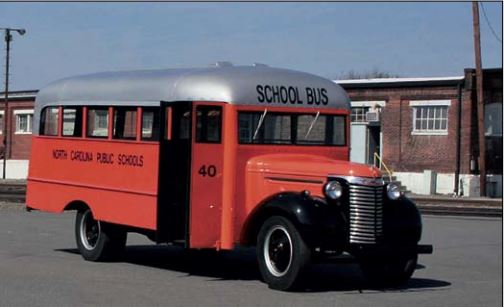
The Thomas Built Buses brand already is familiar to the general public, due to its highly visible role in transporting America’s children. But now there’s a new place where the average citizen is likely to encounter a Thomas Built bus: a museum.
Earlier this year, Thomas donated a 1940 school bus to the North Carolina Transportation Museum in Spencer, N.C., and a Saf-T-Liner® HDX transit bus to the National Museum of the Marine Corps in Quantico, Va., North Carolina Transportation Museum. The restored 1940 Thomas bus added a new mode of transportation—the school bus—to the museum’s collection and took its place next to historical trains, planes and automobiles.
The bus was manufactured just four years after the company, then called Perley A. Thomas Car Works, switched from production of streetcars to school buses. The all-steel bus, an important safety feature in its day, features a six-cylinder gasoline engine and has four long bench seats where children sat facing each other, rather than facing forward as they do today. Elizabeth Smith, executive director of the North Carolina Transportation Museum, said that Thomas Built has played an important role in the history of transportation.
“As our country progressed from tethered streetcars to free-moving buses, Thomas embraced the change and successfully adapted to become the largest school bus manufacturer in the country,” she said.
At the newly-opened National Museum of the Marine Corps, a Thomas bus is featured in an exhibit that allows visitors to experience the transformation of young men and women into America’s fighting elite. The scene representing recruits’ first arrival at boot camp features two primary elements: bright yellow footprints on the pavement and a white Thomas Built Saf-T- Liner® HDX transit bus.
The display reads: “The Marine sergeant appears the moment the bus filled with anxious new recruits reaches the depot. He wastes few words: ‘Get off my bus and stand on the yellow footprints on the pavement—now!’” When the exhibit fabricators first contacted Thomas Built, they requested side panels, windows and an entrance door assembly. Instead, the company donated a complete Saf-T-Liner® HDX. Themeworks of High Springs, Fla., completed the metal fabrication for the display, which included cutting away sections of the bus to fit the exhibit space.
“Our goal was to make the simulated boot camp experience as authentic as possible. Being able to use a whole bus instead of a mock-up with just a few real components made a big difference,” said Ryan Kremser, project manager for Themeworks. “The people at Thomas Built went out of their way to help us make this a special exhibit.”
The National Museum of the Marine Corps is located in Quantico, Va., 36 miles south of Washington, D.C. The museum is open 9 a.m. to 5 p.m. seven days a week and admission is free.
